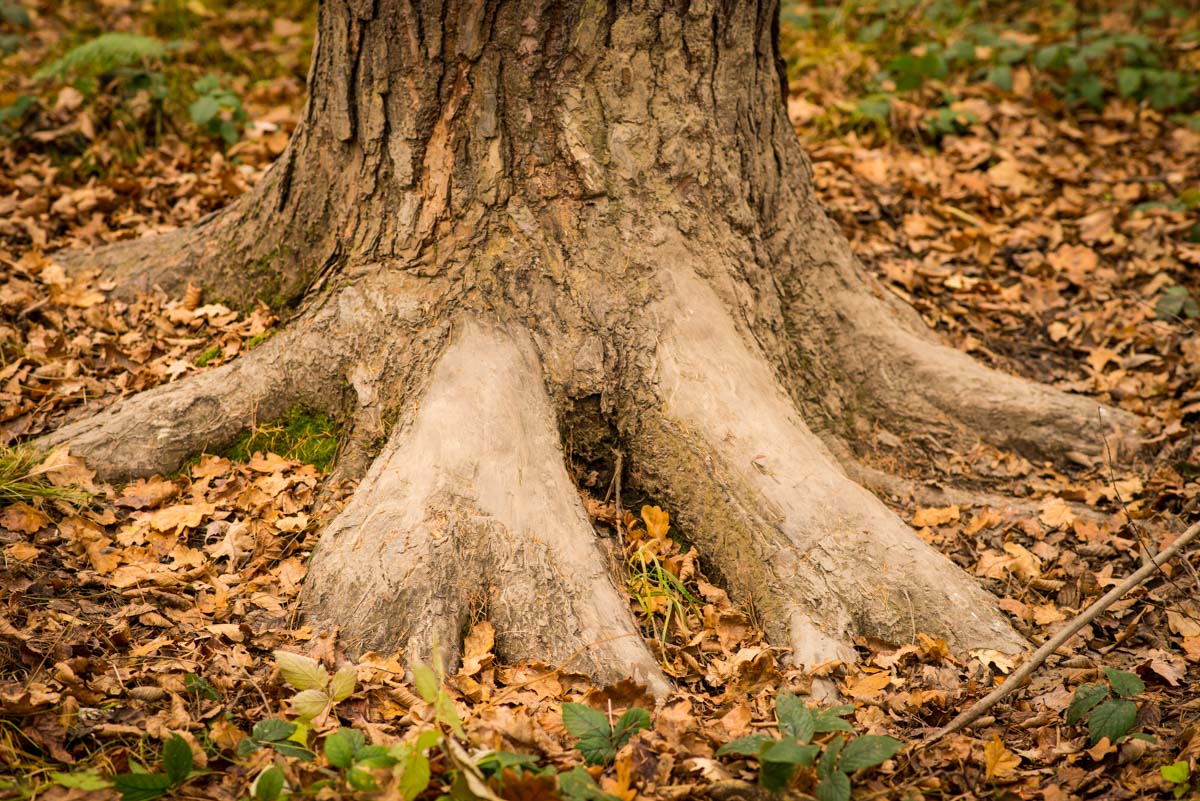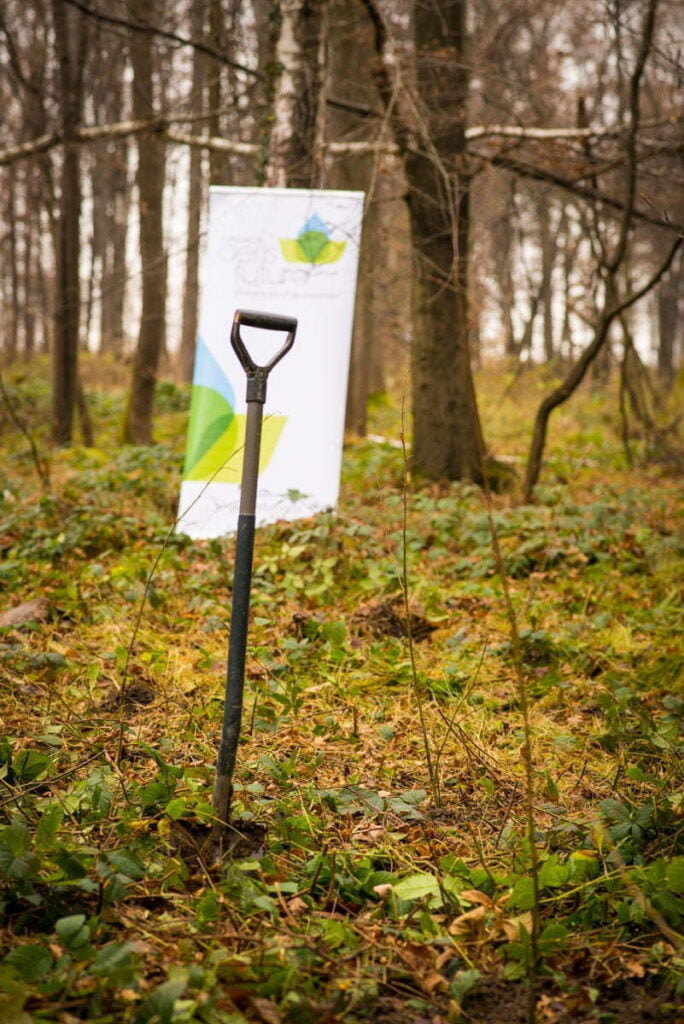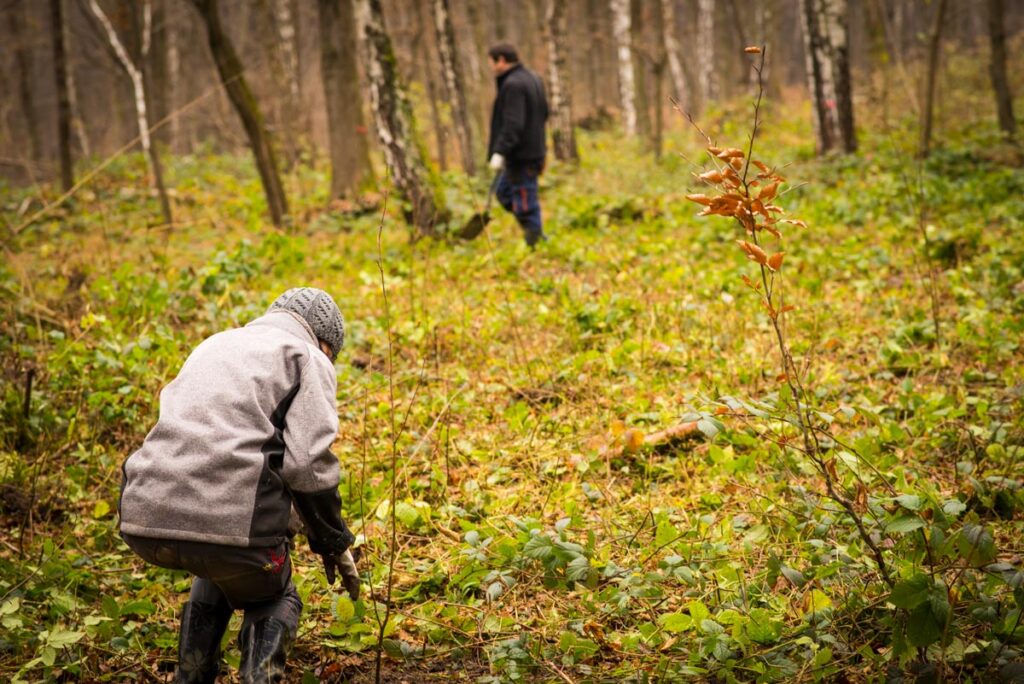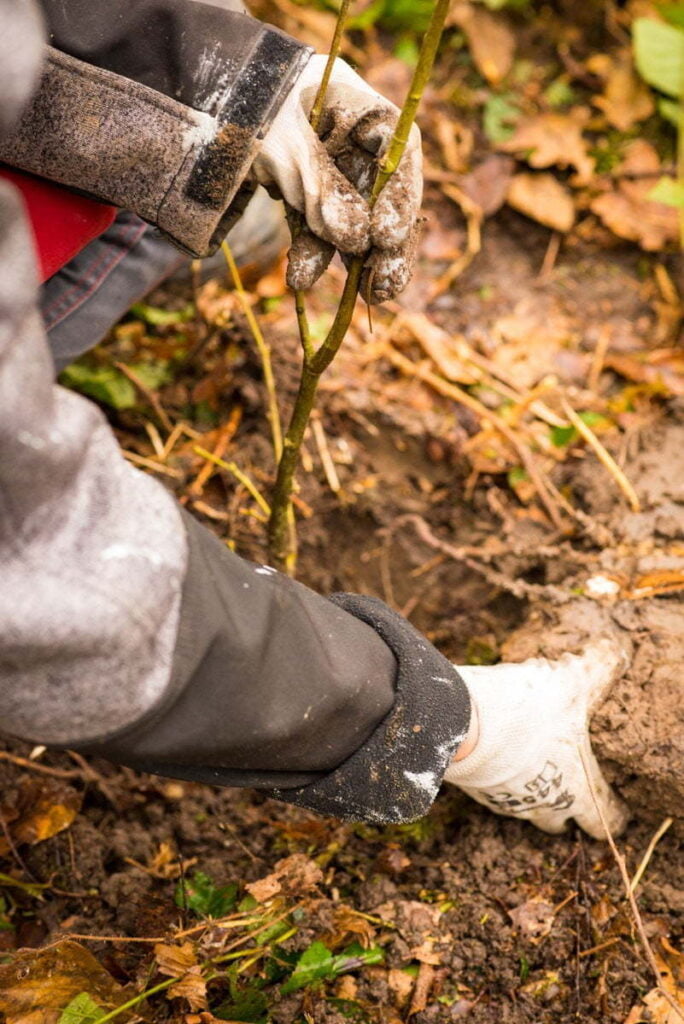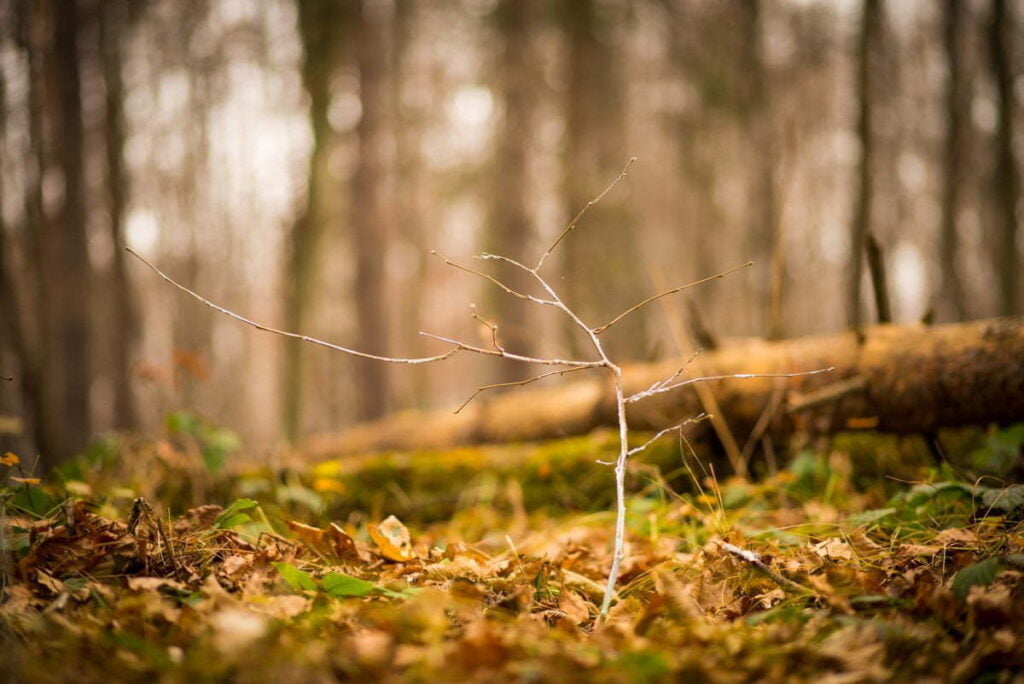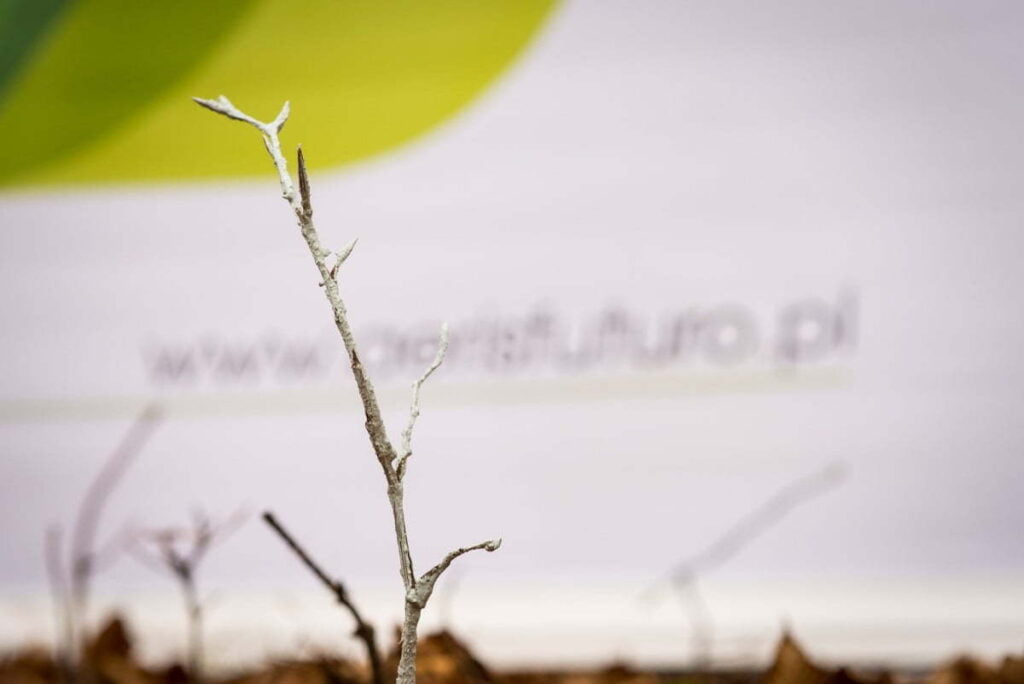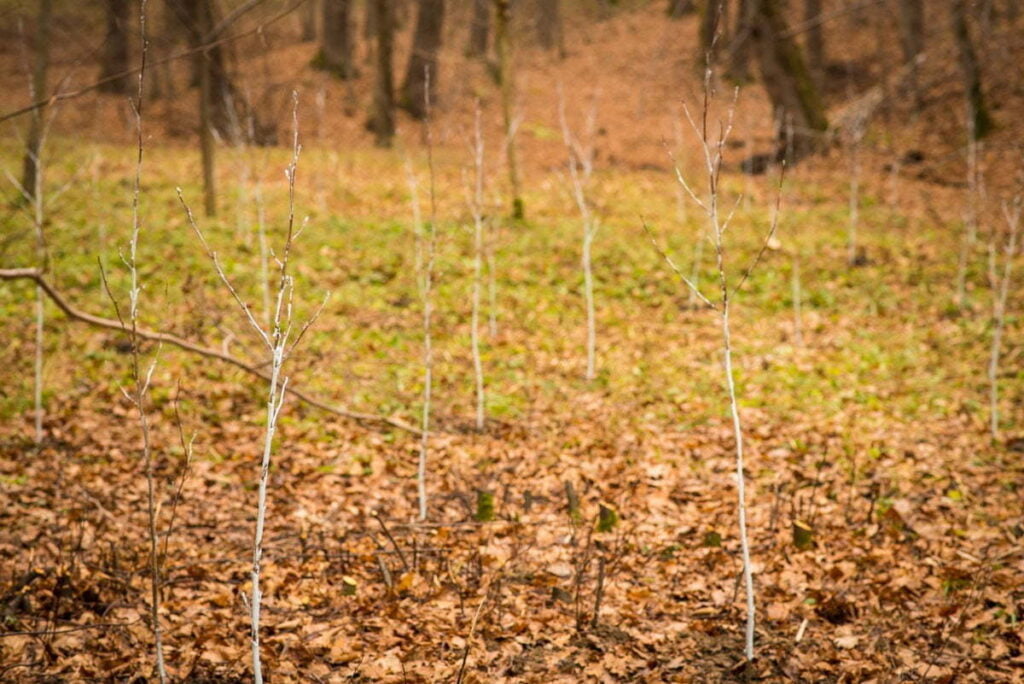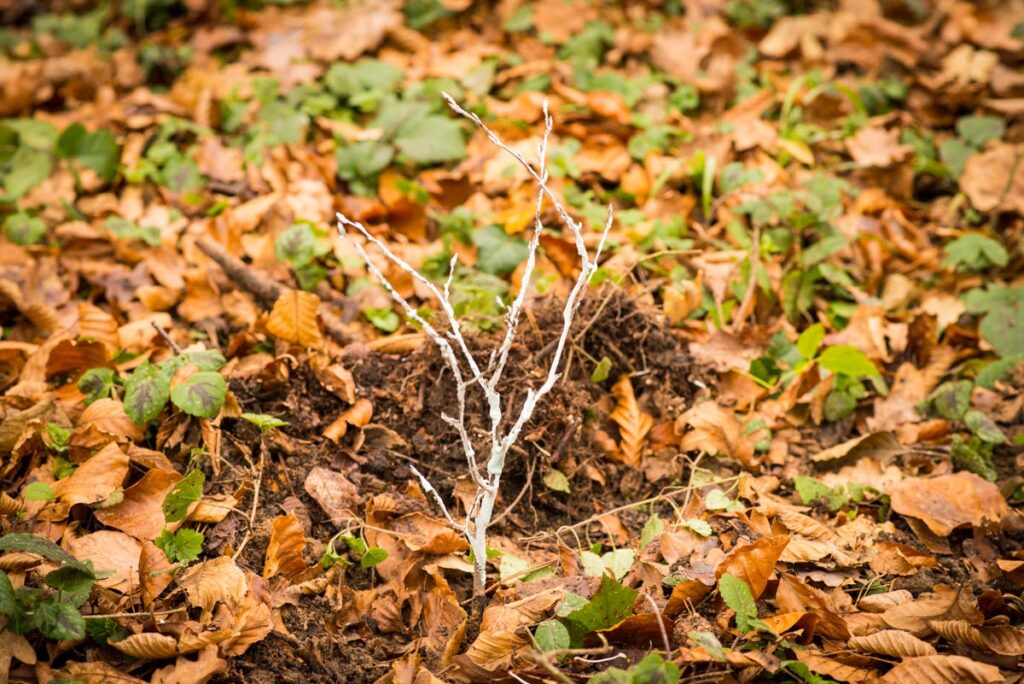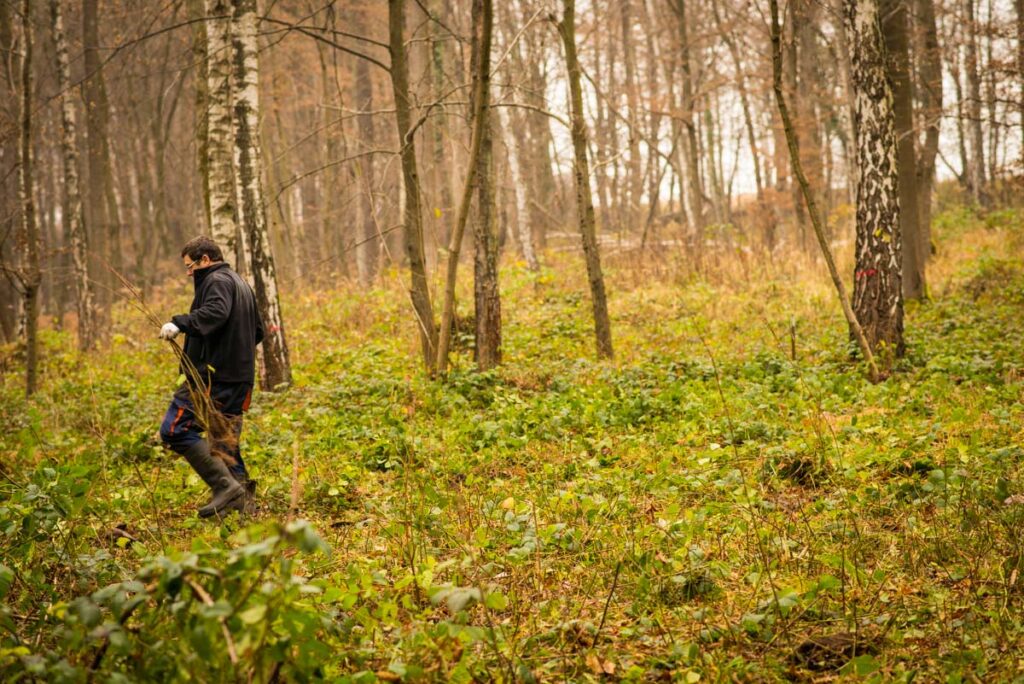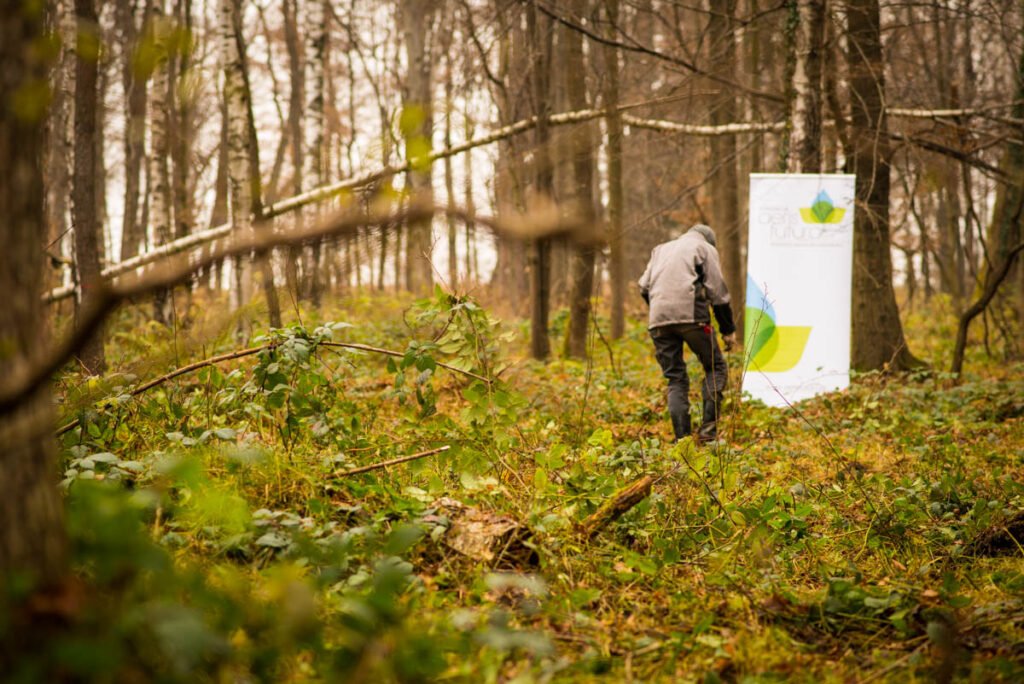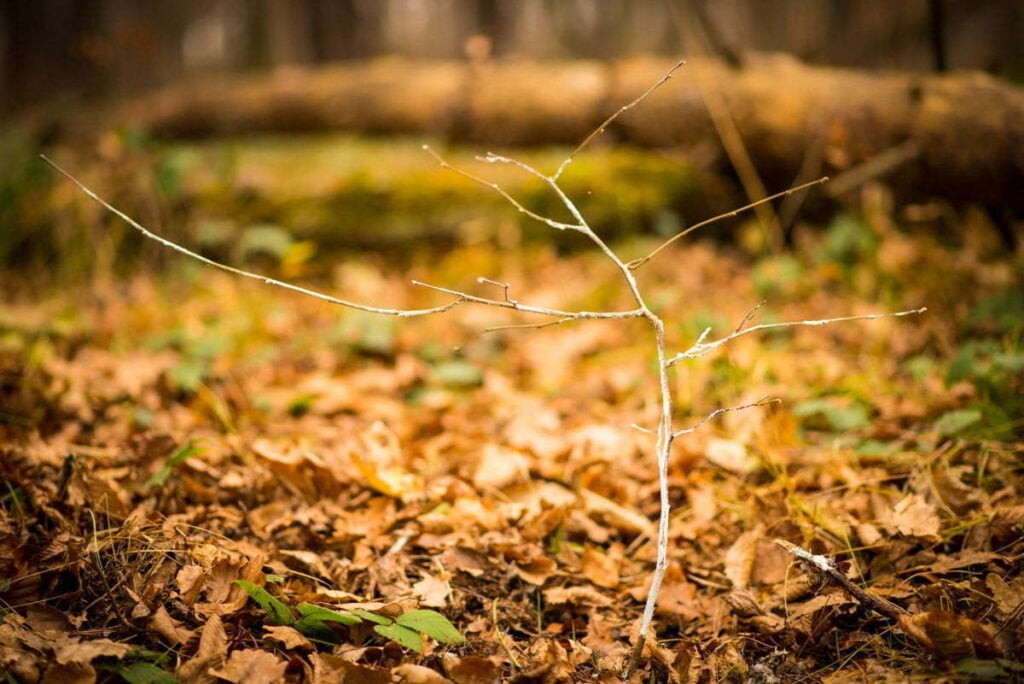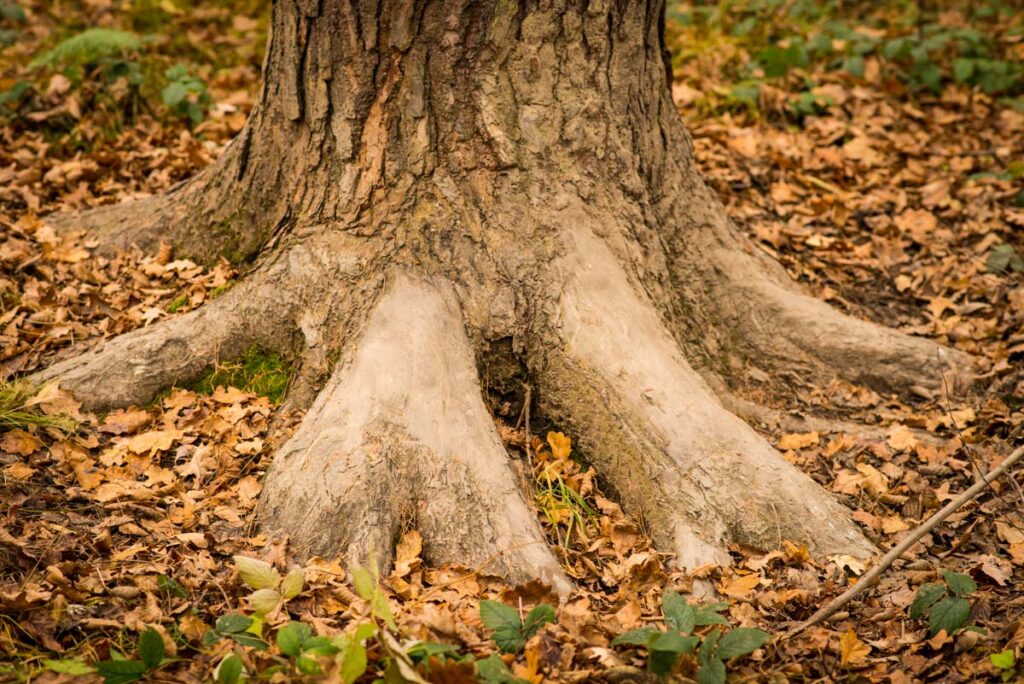CATERPILLAR – new trees in Polanka Hallera

We planted 500 trees in an area belonging to the Jagiellonian University in Polanka Hallera thanks to an initiative by Caterpillar.
The forest in Polanka Hallera, where the planting took place, is a protective forest. This means that its dominant function is environmental services. Trees are removed in the area as a result of intervention, to reduce damage caused by natural forces, when they are broken and threaten safety, or if they threaten other valuable components of the forest, the tree species targeted for this habitat. The purpose of planting trees in the forests there is not to reduce the effects of large-scale logging.
Why do we plant trees in the forest?
In the case of Polanka Hallera, the planting of trees in the forest area is a silvicultural procedure, in accordance with the adopted forest management plan, the purpose of which is to transform generations of trees in places where, over time, the natural death of trees that are not natural species for the habitat will occur.
The forest complex in Polanka Hallera has a diverse age and species structure. Fragments with correct species composition, varied in age, which do not need help to function properly, are also accompanied by such places where there are species that do not fit the habitat, such as birch, pine, larch and spruce with abnormal spatial structure. These trees are more sensitive to environmental stress factors. By introducing species typical of the habitat in these areas, we are introducing the second floor of the forest, which in time will become the first floor, as part of the natural replacement of generations when the trees that do not fit the habitat die off.
Our planting is therefore a preventive measure. By intervening now, when the death of incompatible species occurs, a new floor of trees will already be in place. This time they will be species natural to the habitat. Taking such measures prevents the creation of vast exposed spaces in the forest area.
In addition, as part of silvicultural treatments, the young generation of trees is planted within existing gaps that have been stripped of trees as a result of natural forces.
Planting trees in vast open areas, whether logging or former farmland, is a major stress for them. Young trees are exposed to extreme weather conditions: high temperature, rapid rainfall, frost, large fluctuations in soil moisture. In the forest, on the other hand, from the very beginning they benefit from a favorable microclimate, a proper soil structure rich in microbial life.
 Each planting has its own premise
Each planting has its own premise
In the area of the forest in Polanka Hallera, thanks to the cooperation with the Jagiellonian University, we were able to select existing gaps in the stand for planting. The reasons for their formation are various: the action of harmful insects, the death of a group of trees, or atmospheric factors. On the created gaps vegetation appears which prevents or hinders the natural regeneration of the forest. When creating a planting plan, we also take into account such places, and the introduction of trees there leads to the ordering of the forest and strengthening its stability.
The forest seeks to rebuild its species composition and structure to one that is optimal, matching the habitat conditions. Without human intervention, this is often impossible. Any action that is an initiative of companies, individuals or local governments is extremely important in the process of restoring forests to their natural form.
As part of Caterpillar’s initiative in Haller’s Glade, we planted tree species typical of the natural deciduous forest found there: beech, hornbeam, oak, linden, and alder in areas with higher soil moisture.
We would like to thank Caterpillar their efforts to restore the environment, which took the form of five hundred trees jointly planted as part of the TIME FOR FOREST project!


